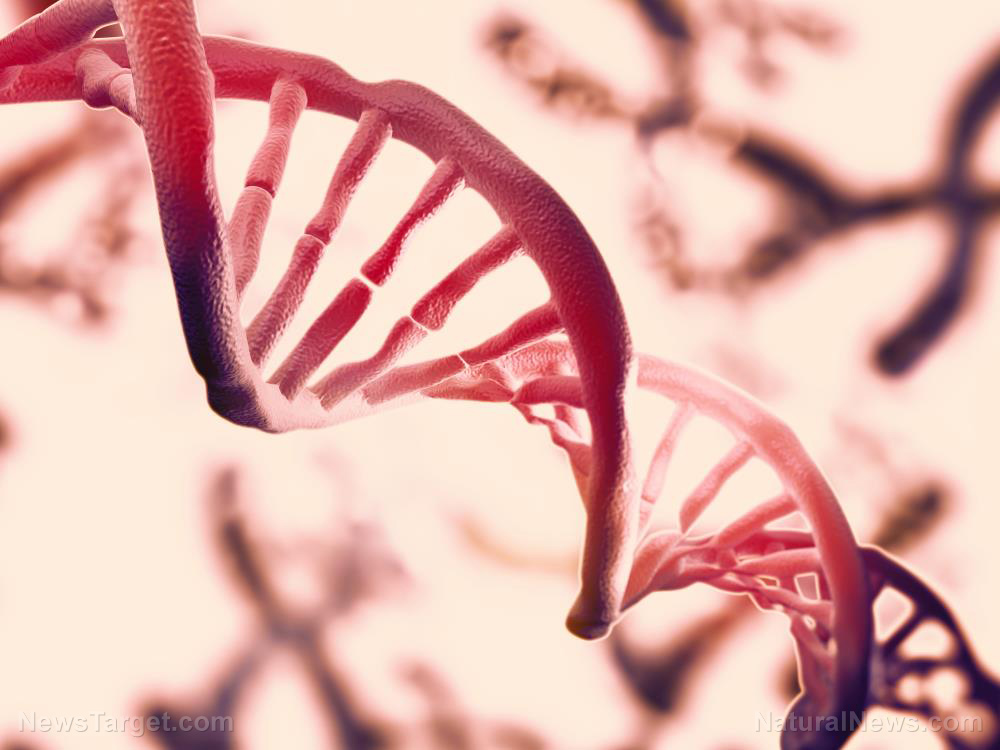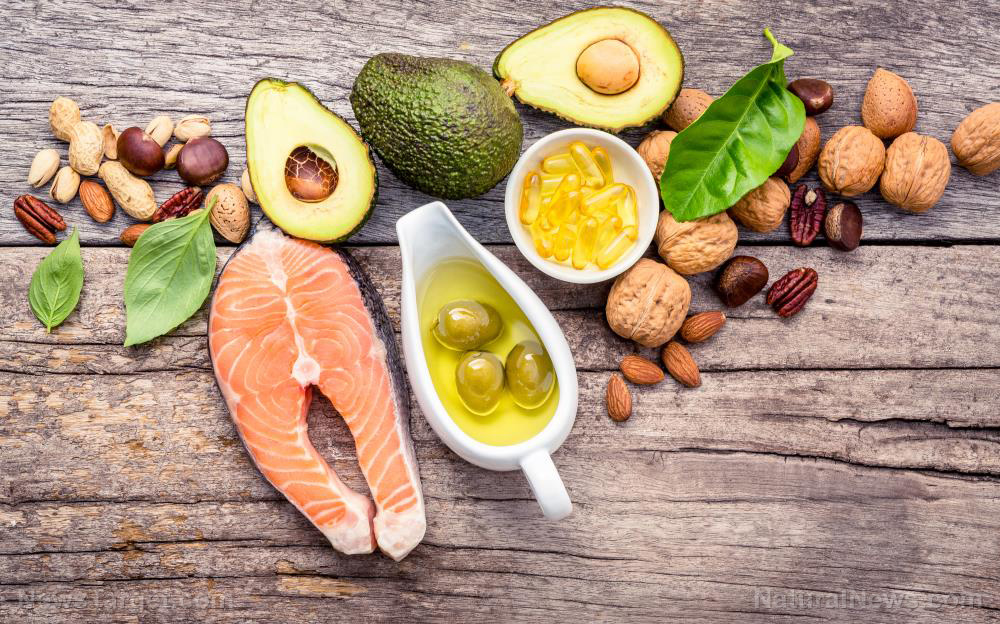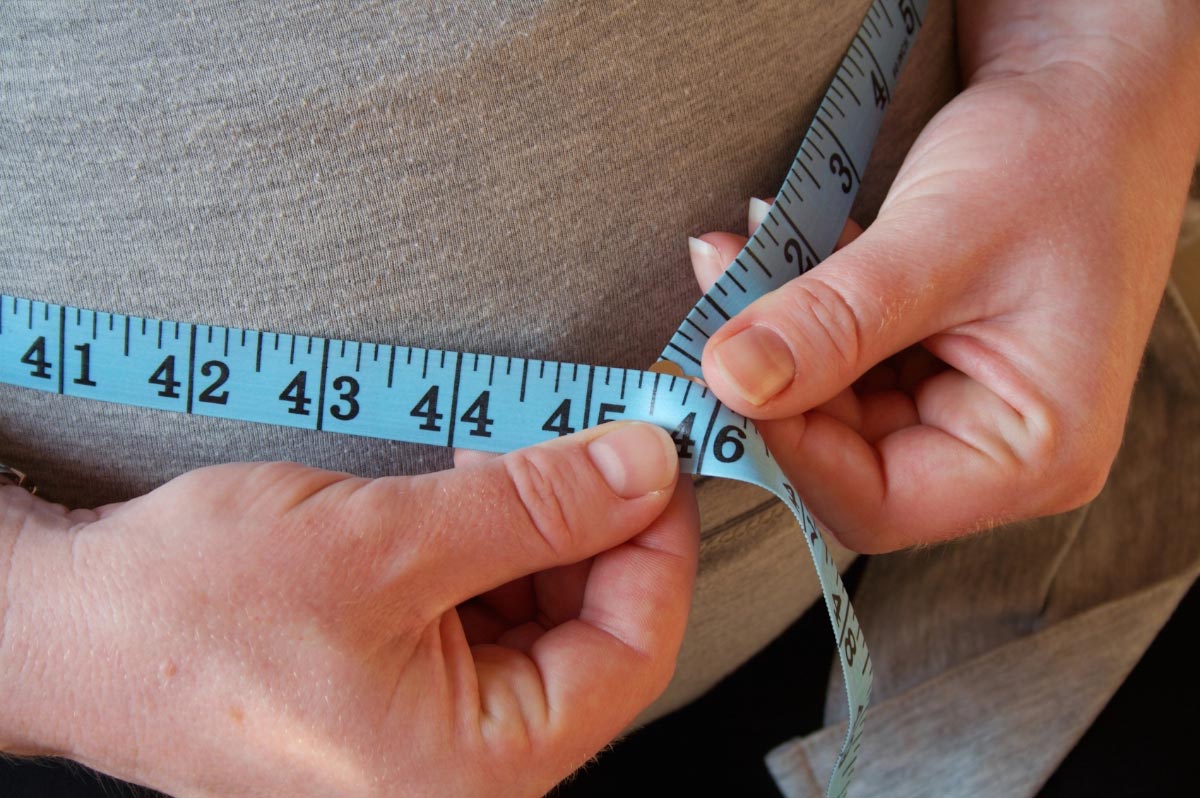
- Bioidentical hormone replacement therapy (HRT) can counteract aging symptoms like fatigue and low libido by balancing declining estrogen, progesterone and testosterone.
- These regenerative cells repair tissues but decline with age; therapies are emerging to promote healing in joints, skin and organs.
- Crucial for blood flow and oxygen delivery, NO levels drop after 40; boosts come from diet, exercise and red light therapy.
- Pairing therapies like HRT and stem cells with habits like HIIT, weightlifting and collagen supplementation supports holistic longevity.
- Declining hormones and hypovascularity (reduced blood flow) create midlife hypoxia, driving chronic diseases; early interventions may mitigate risks.
Beyond hot flashes to rewiring longevity
Hormone replacement therapy (HRT) isn’t just about alleviating menopausal symptoms — it’s a foundational longevity tool. Dr. Killen emphasizes bioidentical hormones, which mirror the body’s natural chemistry, to combat midlife hormonal freefall. Why it matters:- Estrogen protects the brain and bones.
- Progesterone balances estrogen’s risks and supports mood.
- Testosterone fuels muscle, bone density and sex drive.
Stem cells: The body’s “maintenance crew” rebooted
Stem cells repair everything from joints to neurons, but their numbers falter post-50. Dr. Killen highlights therapeutic regimens that reactivate dormant stem cells, accelerating repair. Key insights:- Stem cell therapy isn’t just experimental: It’s already used for arthritis, skin rejuvenation and even sexual health by improving penile blood flow.
- PEMF (pulsed electromagnetic therapy) and red light therapy amplify stem cell activation.
Nitric oxide: The oxygen delivery system humans lose — and restore
Nitric oxide (NO), a potent vasodilator, peaks in youth but drops by 50 percent by age 40. Dr. Killen’s secret weapons for maintaining NO:- Beets and leafy greens, rich in dietary nitrates.
- HIIT workouts, which spike NO synthesis.
- Chewing gum to avoid antiseptic mouthwashes that wipe out beneficial oral bacteria synthesizing NO.
The hypoxia connection: Why midlife matters most
Decades of research, including studies in Cell Metabolism and Nature, reveal that hypovascularity hypoxia — a cascading loss of blood vessels and oxygen — starts midlife. This “silent hypoxia” fuels inflammation, fibrosis and cancer. Dr. Killen’s prescription? Early intervention is the gold standard:- Start hormonal monitoring in your 30s.
- Pair testosterone or estrogen therapies with NO-boosting tactics.
The lifestyle stack: Pairing high-tech with high-fiber
Dr. Killen’s “longevity stack” blends advanced biomedicine with everyday habits:- HIIT + creatine for muscle and brain health.
- Collagen peptides to shore up skin and bones.
- Stress reduction: Chronic stress saps NO and hormones, she notes.
Redefining aging — one cell, one hormone at a time
The integration of HRT, regenerative therapies and NO optimization is rewriting the aging playbook. By addressing the root causes — hormonal decline and hypovascularity — we may delay, or even reverse, some effects of time. As Dr. Killen concludes: “Longevity isn’t just a battle for the young. By understanding how hormones, blood flow and regenerative tools work together, everyone can reclaim the vibrant health they once felt.” Sources for this article include: MindBodyGreen.com Frontiersin.org PubMed.comMozzarella unwrapped: History, health benefits and culinary versatility of this iconic cheese
By Laura Harris // Share
By Lance D Johnson // Share
Forgotten first aid: How SUGAR — an ancient wound healer — could save lives when SHTF
By Evangelyn Rodriguez // Share
RFK Jr. demands medical schools teach nutrition or face federal consequences
By Cassie B. // Share
Modern life is stealing your focus: Here are some key strategies for reclaiming your agency
By Lance D Johnson // Share
Israeli units in Somaliland will be TARGETED, Houthi leader warns
By ramontomeydw // Share
New York mandates social media warning labels to combat youth mental health crisis
By bellecarter // Share
New Zealand's gas crisis deepens as domestic production plummets
By bellecarter // Share
Study links widely prescribed opioid to increased risk of deadly heart conditions
By bellecarter // Share
New study reveals "beer belly" fat poses greater heart risks than overall obesity
By patricklewis // Share
The sunlight paradox: How fear of sun exposure is fueling a vitamin D deficiency crisis
By dominguez // Share











